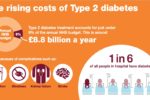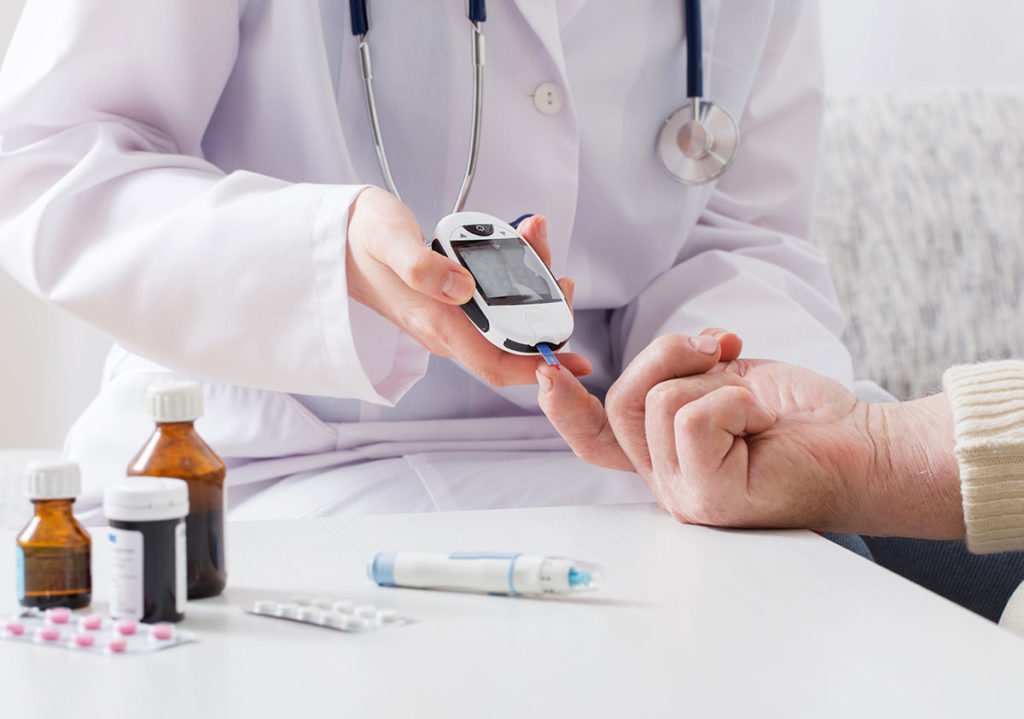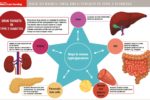Insulin therapy has, historically, been initiated and managed by specialist services in secondary care. However, the recent shift in focus from secondary to primary care services, together with the fact that insulin therapy in type 2 diabetes is becoming more common, means that many GPs and practice nurses are becoming increasingly involved in insulin management. This article reviews the different types of insulin now available and how to use them, with the aim of unravelling some of the mysteries surrounding insulin management.
























